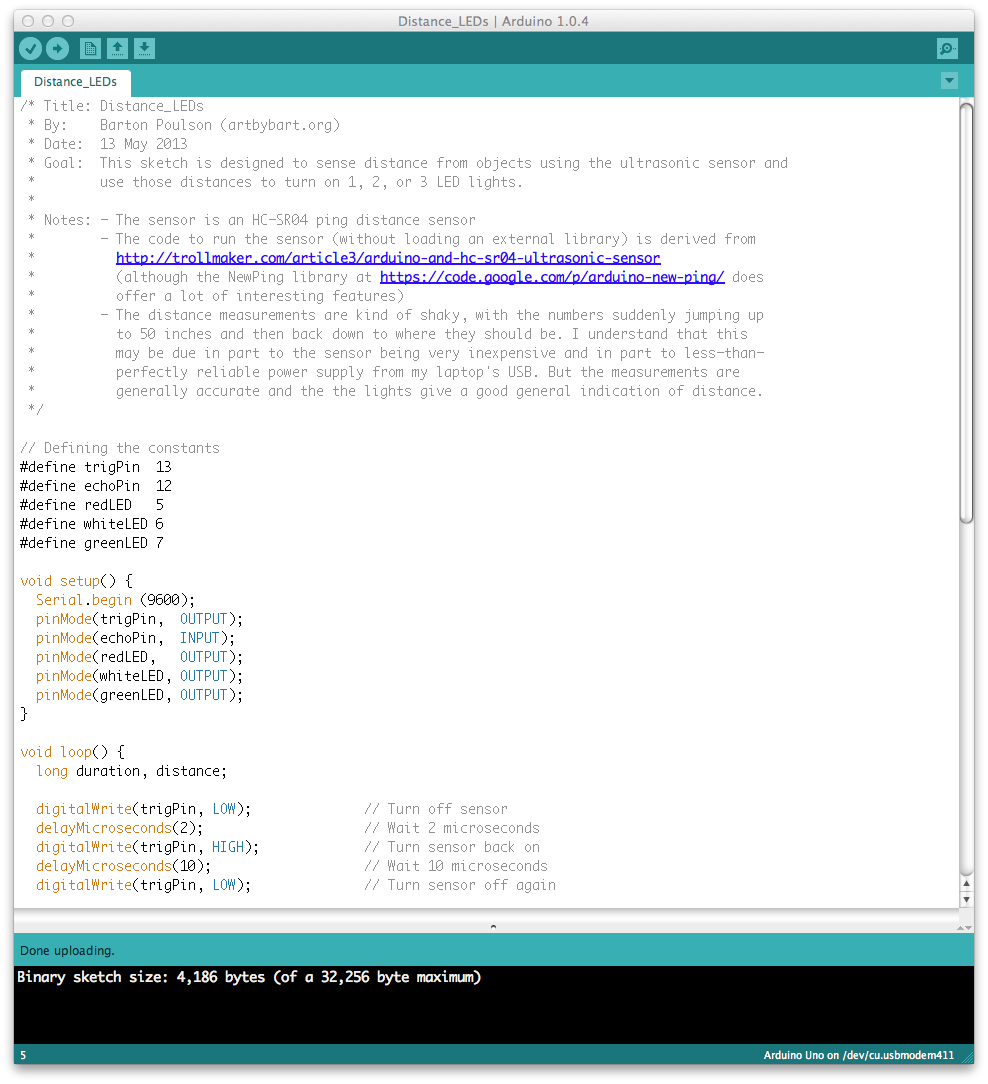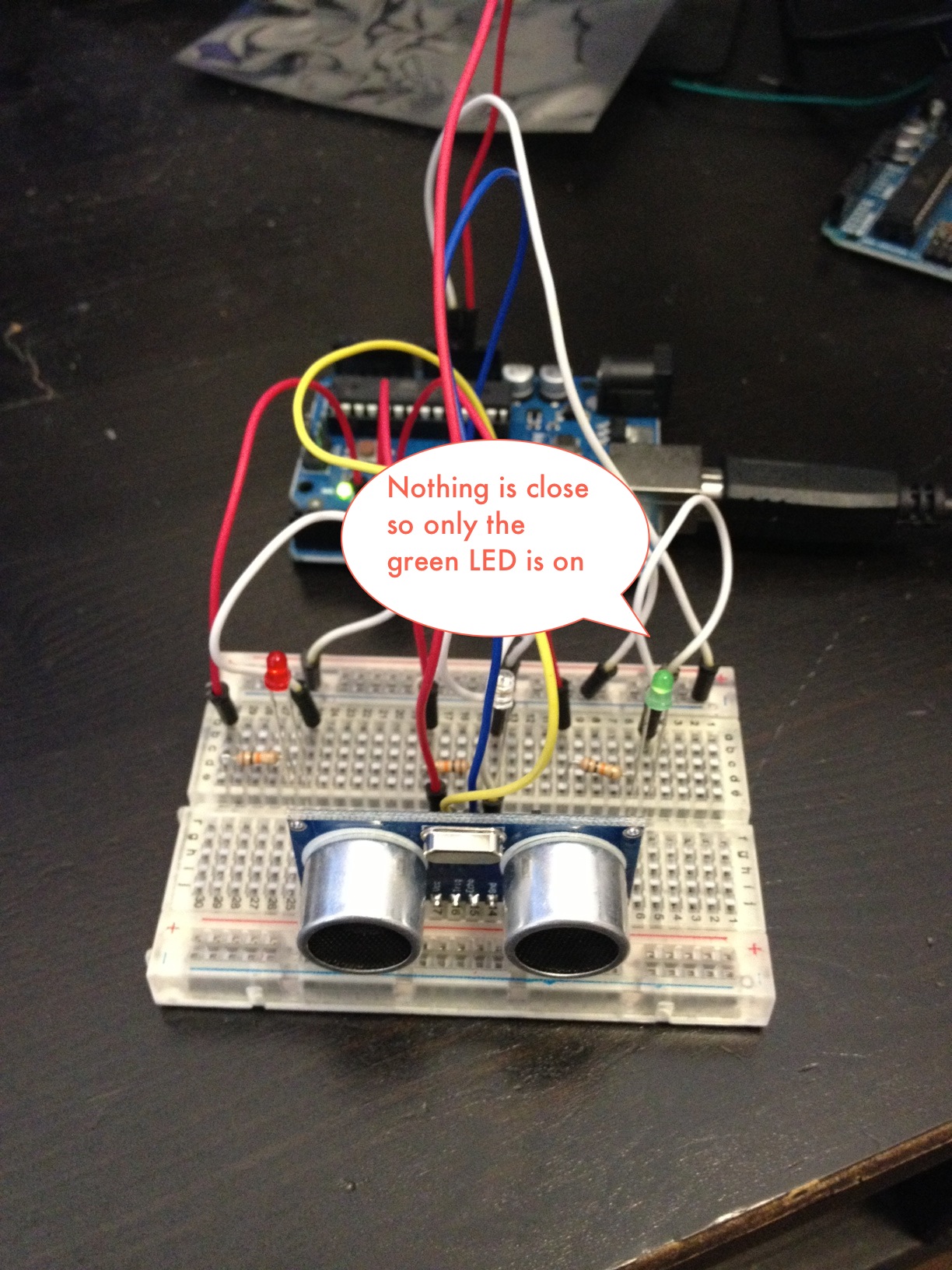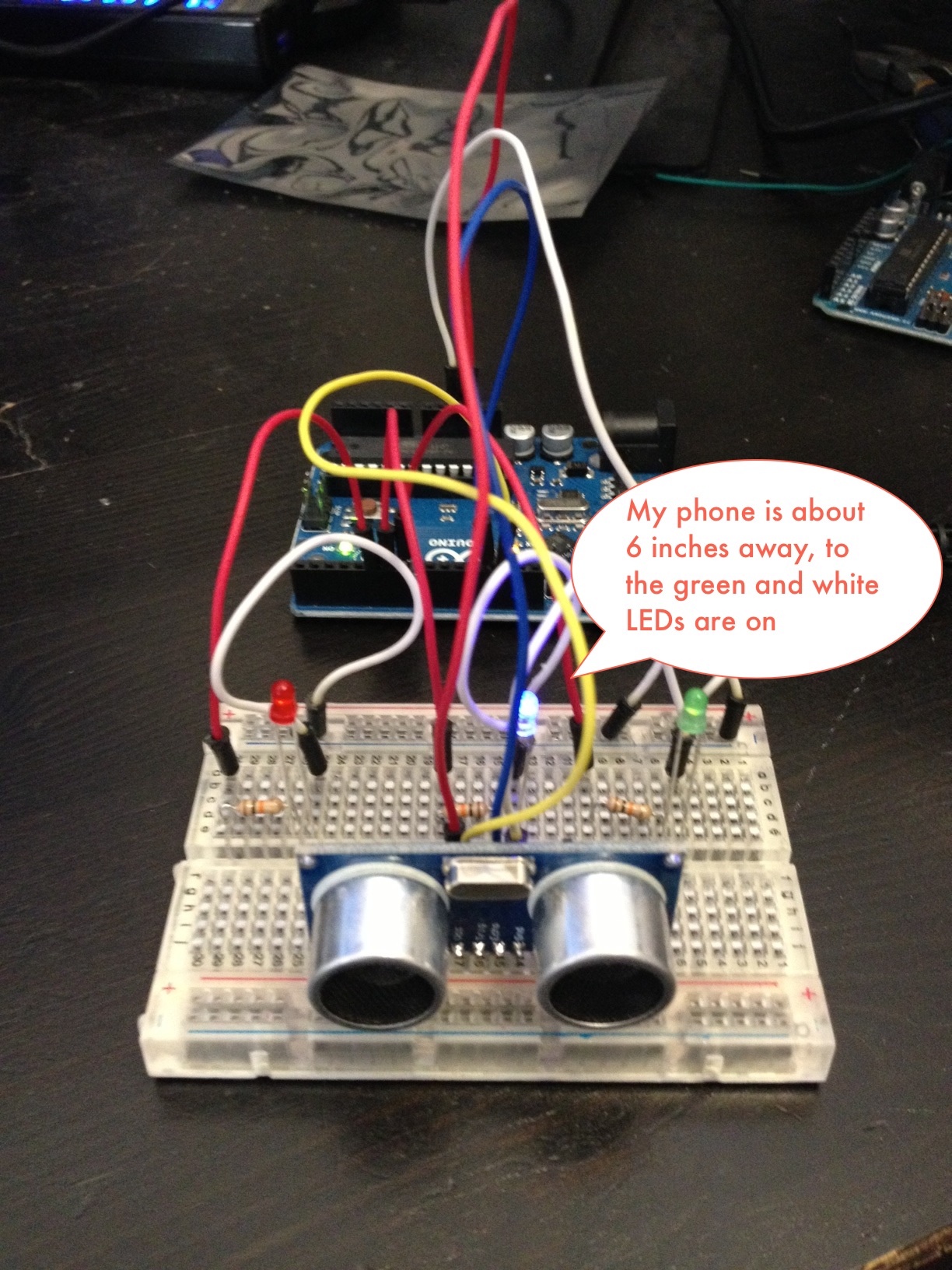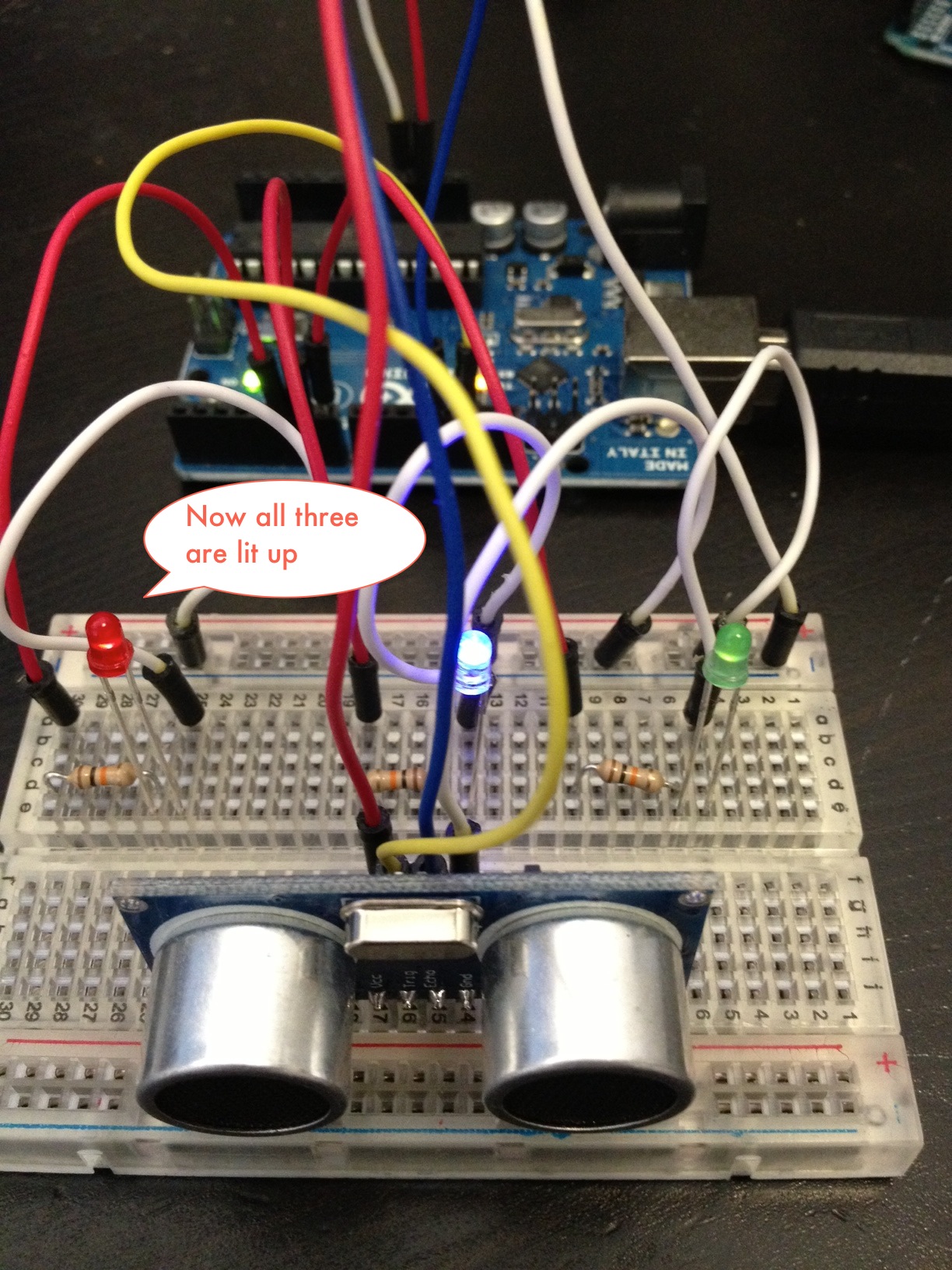 I'm thrilled to say that I was able to attend our friend Ellen Bromberg's biennial (more or less) screendance workshop at the University of Utah. The was my first real introduction to making screendance – also known as dance for camera, dance for video, video dance, cinédance, et cetera, et cetera, et cetera. This workshop focused on editing as a form of choreography – something I had never considered – and was taught by the fabulous Simon Fildes (that's him in the top right frame).
I'm thrilled to say that I was able to attend our friend Ellen Bromberg's biennial (more or less) screendance workshop at the University of Utah. The was my first real introduction to making screendance – also known as dance for camera, dance for video, video dance, cinédance, et cetera, et cetera, et cetera. This workshop focused on editing as a form of choreography – something I had never considered – and was taught by the fabulous Simon Fildes (that's him in the top right frame).
[The last time the Screendance festival convened, it was Simon's wife, the extraordinary videographer Katrina McPherson who led the event. The collectively constitute Goat Media.]
The basic idea is to take lots and lots of random footage of dance and then create the order, transitions, and meaning by selecting, cutting, placing, repeating, and so on. I had always assumed that the choreography was created, the filming/video was blocked out, and things essentially went in a linear order. Oh, silly me; nothing of the sort. Film here, film there, throw it all in a big pile and then start mixing and matching. Amazing things can emerge.
Take a look at anything by Simon for stellar examples:
http://www.youtube.com/watch?v=DicA-jC1gS8
http://www.youtube.com/watch?v=rFdZ71K7XQU
Or my masterpiece, built using random bits and pieces of footage that Simon provided for our experimentation:
http://www.youtube.com/watch?v=rOWf9KOvwSY






